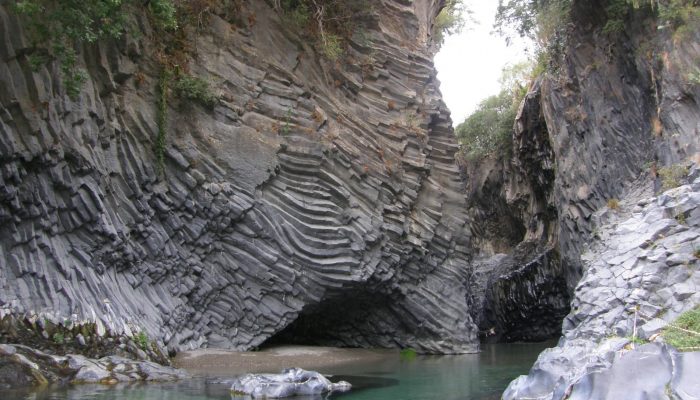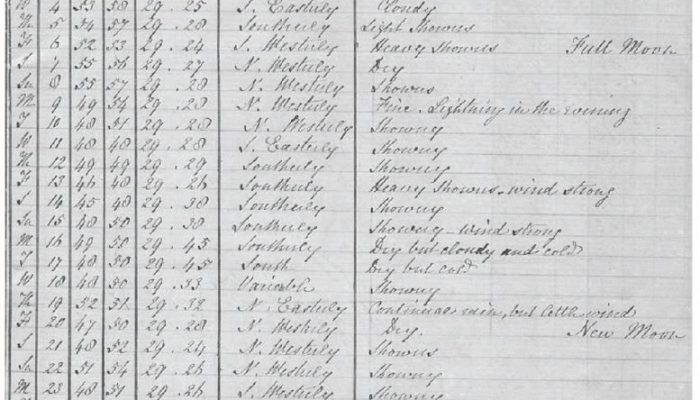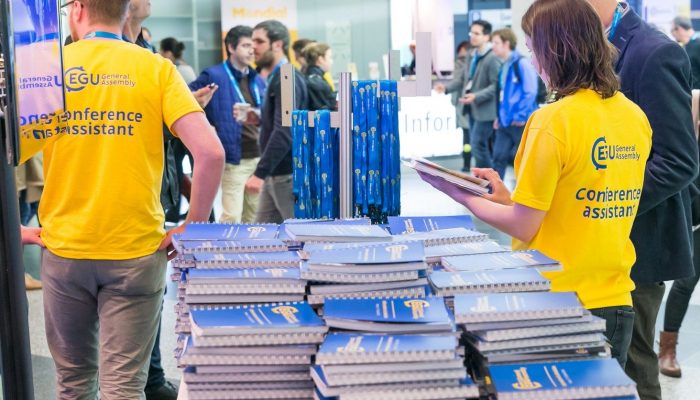The EGU is committed to promoting the participation of both early career scientists and established researchers from low and middle income countries who wish to present their work at the EGU General Assembly. In order to encourage participation of scientists from both these groups, a limited amount of the overall budget of the EGU General Assembly is reserved to provide financial support to those ...[Read More]
Imaggeo on Mondays: Gole dell‘ Alcantara

On account of Mount Etna (Europe’s largest volcano), the island of Sicily is peppered with geological wonders. Starting with the summit craters of the volcano itself, right through to over 200 caves formed within lava tubes, the island is packed with volcanic sights.Chief among them is Gole dell ‘Alcantara, a system of gorges formed 8,000 years ago in the course of the river Alcantara ...[Read More]
GeoSciences Column: The ‘dirty weather’ diaries of Reverend Richard Davis

Researching the Earth’s climate of the past, helps scientists make better predictions about how the climate and our environment will continue to be affected by, change and adapt to rising temperatures. One of the most invaluable sources of data, when it comes to understanding the Earth’s past climate, are historical meteorological records. Accounts of weather and climate conditions for the Souther ...[Read More]
We are hiring: be our next Science Policy Officer!
Do you have an interest in science policy and the geosciences? Then this post might be just right for you! We are looking to hire a Science Policy Officer to continue developing the EGU’s policy programme, which is aimed at building bridges between geoscientists and European policymakers, engaging the EGU membership with public policy, and informing decision makers about the Earth, planetary and s ...[Read More]


